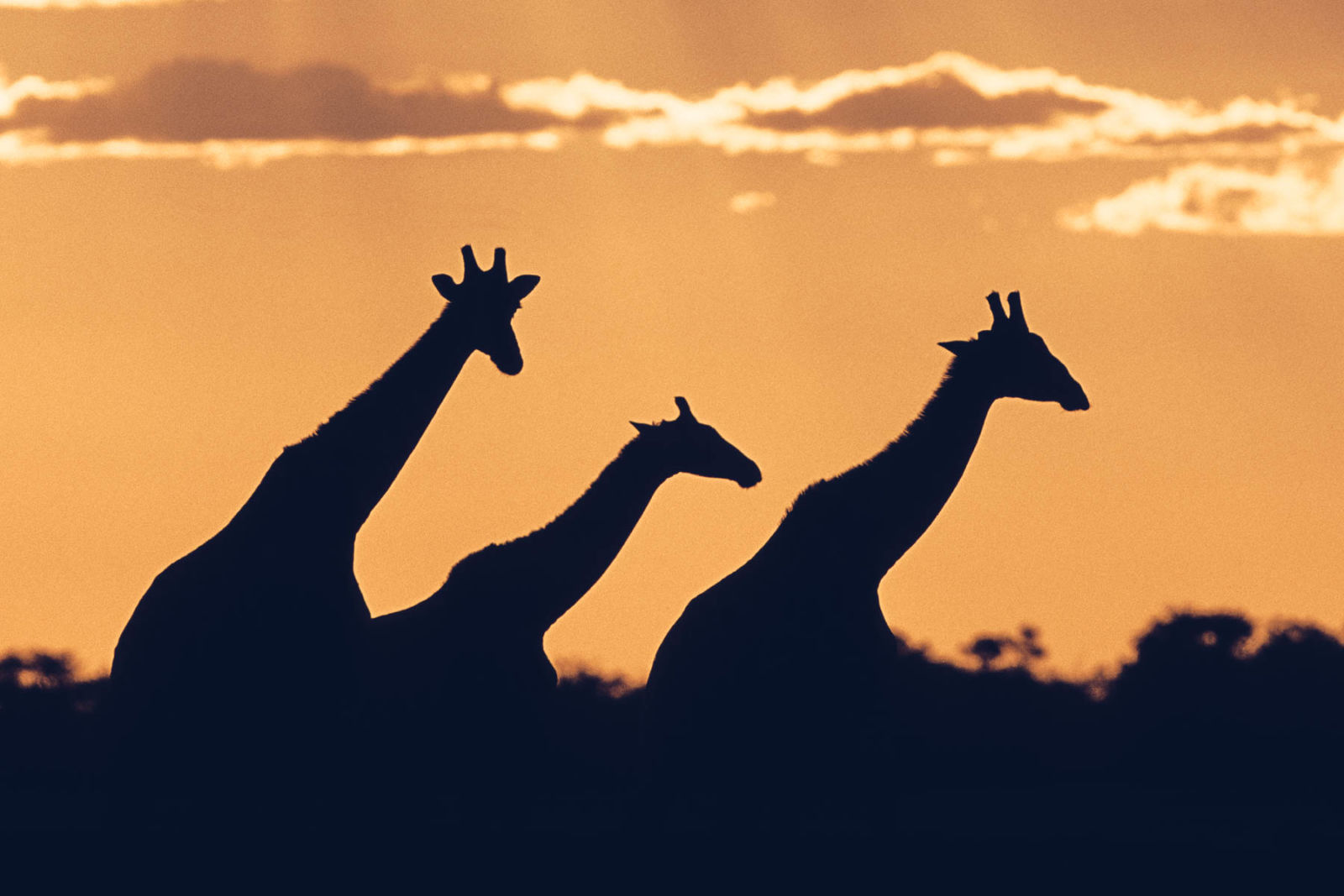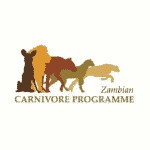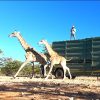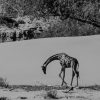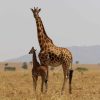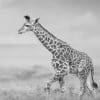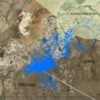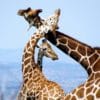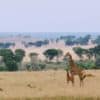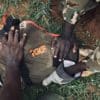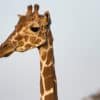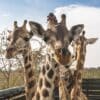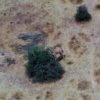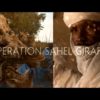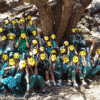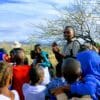Until recently, Zambia’s South Luangwa Valley giraffe were known as Luangwa or Thornicroft’s giraffe, a separate giraffe subspecies.
However, detailed genetic research by GCF and BiK-F Senckenberg has shown that these giraffe are indeed genetically a Masai giraffe, one of four giraffe species.
We continue to analyse additional data to determine whether the Luangwa giraffe maybe a separate subspecies of Masai giraffe. Still following the old taxonomy, Luangwa/Thornicroft’s giraffe were recently added as Vulnerable to the IUCN Red List, based on their low numbers (approx. 600 individuals) and limited distribution in only one geographical area. The population has remained stable for the last three decades.
Formerly the most populous giraffe with an estimated 71,000 individuals three decades ago, only 45,400 Masai giraffe remain in the wild today. Masai giraffe are listed as Endangered on the IUCN RedList and their range covers central and southern Kenya and most of Tanzania. An isolated population of Masai giraffe exists in the South Luangwa Valley in northeastern Zambia (formerly known as Luangwa or Thornicroft’s giraffe) and an extralimital population (outside their natural range) in Akagera National Park, Rwanda.
For several years now, GCF has provided funding support to the Zambian Carnivore Program (ZCP) and Conservation South Luangwa (CSL), two strong local partners, who as part of their programmes include giraffe conservation efforts. CSL, as part of their broader conservation programme in the region, implement anti-poaching initiatives and de-snaring of wildlife, including giraffe who occasionally fall prey to wire snares and require veterinary interventions. Encouraged by the partnership with GCF, ZCP has collected giraffe monitoring and individual identification data for over 10 years now. Based on this data we now have a better understanding of giraffe numbers and their distribution in the area.
More recently we have established a new partnership with Lion Landscapes in Zambia to learn more about the range of the unique Luangwa giraffe. Through this exciting collaboration, we have already significantly increased the known giraffe range in the country as their field researchers have recorded giraffe in areas far outside their previously reported range

